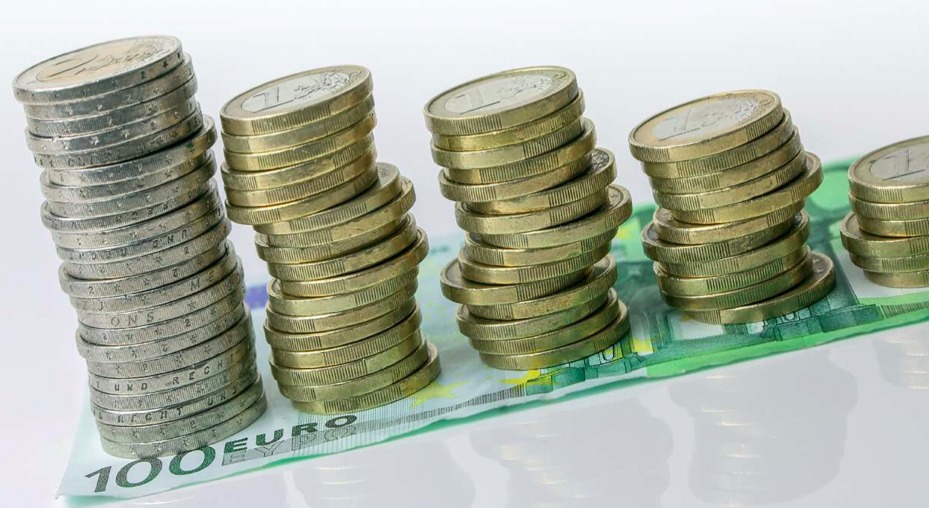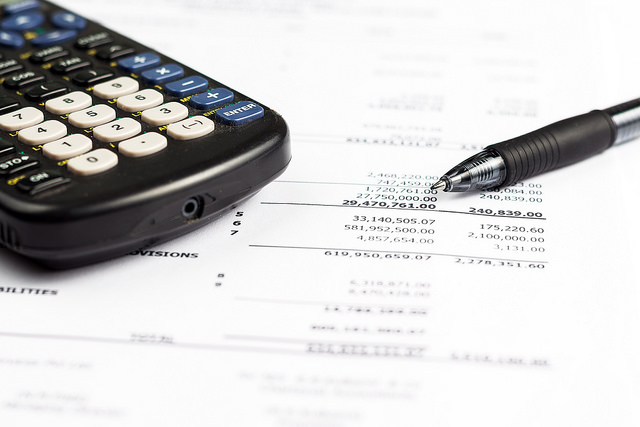The Lyxor Hedge Fund Index was up +0.1% in April. 3 out of 12 Lyxor Indices ended the month in positive territory, led by the Lyxor LS Equity Long Bias Index (+4.5%), the Lyxor LS Equity Market Neutral Index (+2.4%), and the Lyxor Merger Arbitrage Index (+0.7%), explained “The Alternative Investment Industry Barometer” published by Lyxor AM.
“A complex asset rotation is unwinding the key year-to-date trades. Powerful flows and technical dynamics are at play, but it’s not the end of the reflation story” says Jeanne Asseraf-Bitton, Global Head of Cross Asset Research at Lyxor AM.
Oil prices rallied through the month from improved EIA forecasts and US stocks accumulation starting to slow down. The Greece-Troika negotiations paced markets headlines on roller- coaster mode. In the second half of the month, EMU markets got seized in the cross currents of profit taking and QE trades unwinding. Eurozone equities netted a 1% gain while Germany’s 10Y yields bounced back 10bps from lows, followed by UST. Despite weaker US data, equity markets benefitted from a decent earning season. In EM, stocks got lifted by Chinese markets reflecting monetary easing efforts and driven by market liberalization, commented the firm.
L/S Equity funds were by far the outperformers in April with the long bias up +4.5%. Within the space, Asian managers stood out, boosted by rocketing Chinese markets. The rally surprised by its amplitude and unfolded amid a structural Chinese deleveraging with multiple signs of a gradual economic slowdown. It was driven by monetary easing. PBOC has already cut rates and RRR twice while adding about RMB 1tn of liquidity through various channels, and it is expected to ease furthermore. The market liberalization was also a powerful driver to the rally, according with the Barometer.
The authorization to open multiple accounts at different broking firms, an easier access to foreign investors through the Hong Kong-Shanghai Stock Connect, and an easier access for mainland investors into the Hong Kong exchange all contributed to unleash massive buying flows. Domestic flows were particularly strong. Importantly, adjusted from their net exposure, our Asian managers generated excess return. Meanwhile US managers continued to extract decent alpha, helped by the Fed remaining on the dovish side and by a better earning season than initially anticipated. European managers also performed decently, especially the market neutral styles as the YTD momentum started to dry out.
Event driven funds took a pause in April after several months of strong returns, courtesy of rising risk appetite and recovering illiquid premiums. Merger arbitrage funds have decently navigated the rising volatility in deal spreads. In particular they limited the damages from the TWC-Comcast deal termination. They also took positions in several healthcare freshly announced deals. Volatility also rose for Special Situation funds. After a positive start of the month, they gave up some of the gains thereafter. Continued signs of a slowdown in the US and rich valuations contributed to stall the momentum in event positions, including activist holdings
The Lyxor L/S Credit Arbitrage index was flat over the month. Funds’ return dispersion was however elevated. Developments in Eurozone and Asia were the main movers. The Greek saga had been largely shrugged off so far by global markets. In April, a risk premium started to be priced in on stalling negotiations and nearing debt repayment deadlines. The turn in periphery spreads went against QE forces and caught some managers off guards. In Asia, credit markets weren’t as strong as equities, in cross currents between monetary easing and a structural deleveraging, in the Chinese housing sector in particular. Gains were recorded in the US market where credit benefitted from further signs of oil prices stabilization and postponed concerns about the Fed normalization pace.
Convertible funds underperformed their L/S Credit peers in April, just like year to date. Their equity and rates hedges proved costly. The mixed gamma trading environment brought little contribution. Issuance volumes also remained below par.
The environment for CTAs proved more challenging in the second part of the month, especially for the long term models, point out the Barometer. The turn in yields, FX and energy was the main performance detractor. In contrast, short term models rotated their allocation much faster. They ended the month only marginally negative. While the overall CTAs’ exposure was shaved off in response to a more unstable trend following backdrop, the net exposures were little changed. On average by month end, CTAs remained long USD (especially against EUR, but slightly long JPY), short commodities – both on energy and precious metals – long equity and bonds, in the US and Eurozone in particular. We note that by mid-month CTAs have started to build substantial futures positions on Asian equities.
The Lyxor Global Macro Index was flat over the month. Funds displayed high resiliency to a number of cross asset reversals emerging in the second part of the month. The turn in periphery spreads, rallying US yields, and the USD weakness detracted performance. It was offset by the managers’ short European bond exposure, their positions in EM markets and in commodities to some extent. In aggregate, Lyxor Global Macro funds ended April with long USD positions – mainly against EUR and GBP – a long bias on base and precious metals, a neutral exposure to energy, a long US bond vs. a short European bond exposures. The bulk of their equity holdings were in Europe and Japan.



 For Fórmate a Fondo
For Fórmate a Fondo